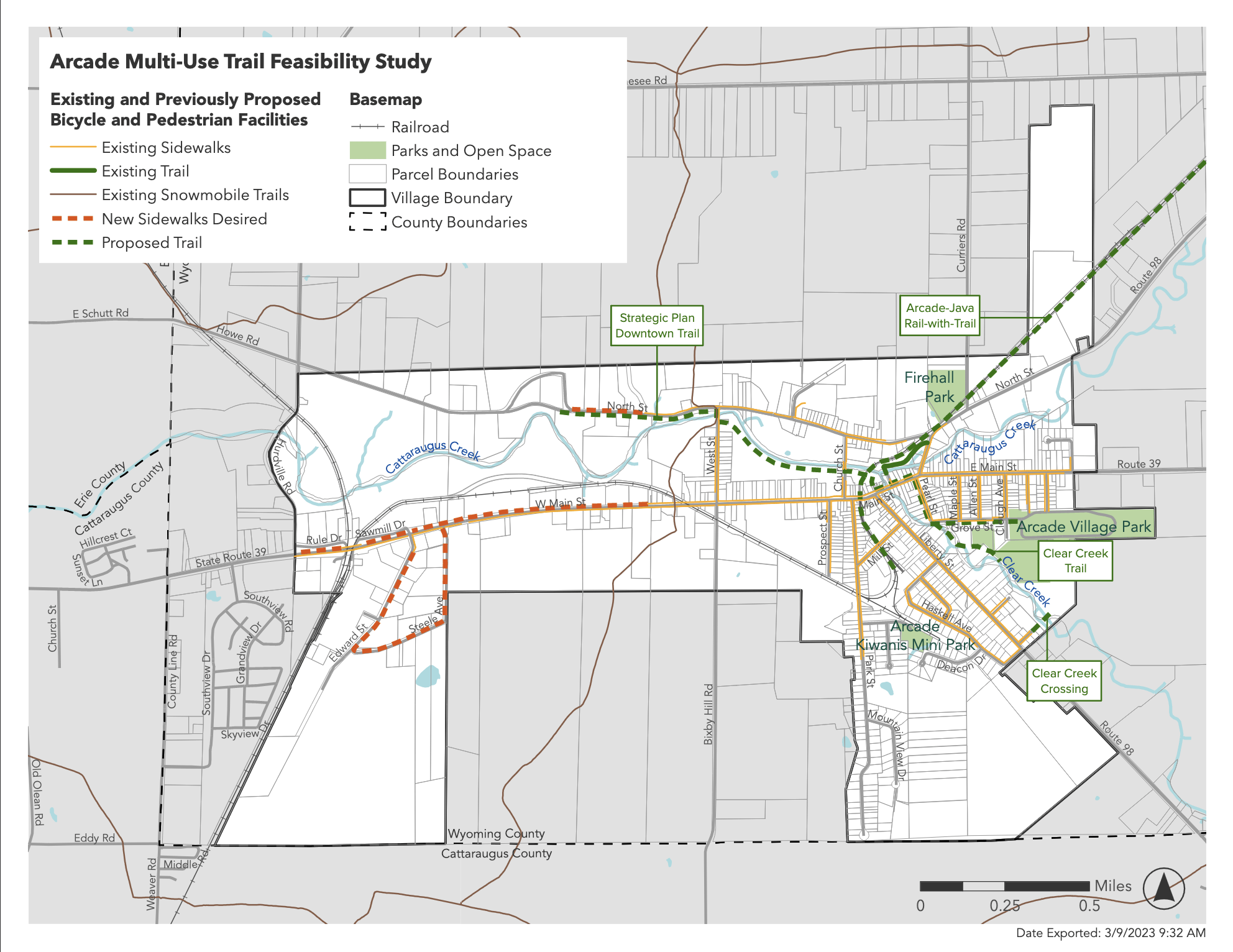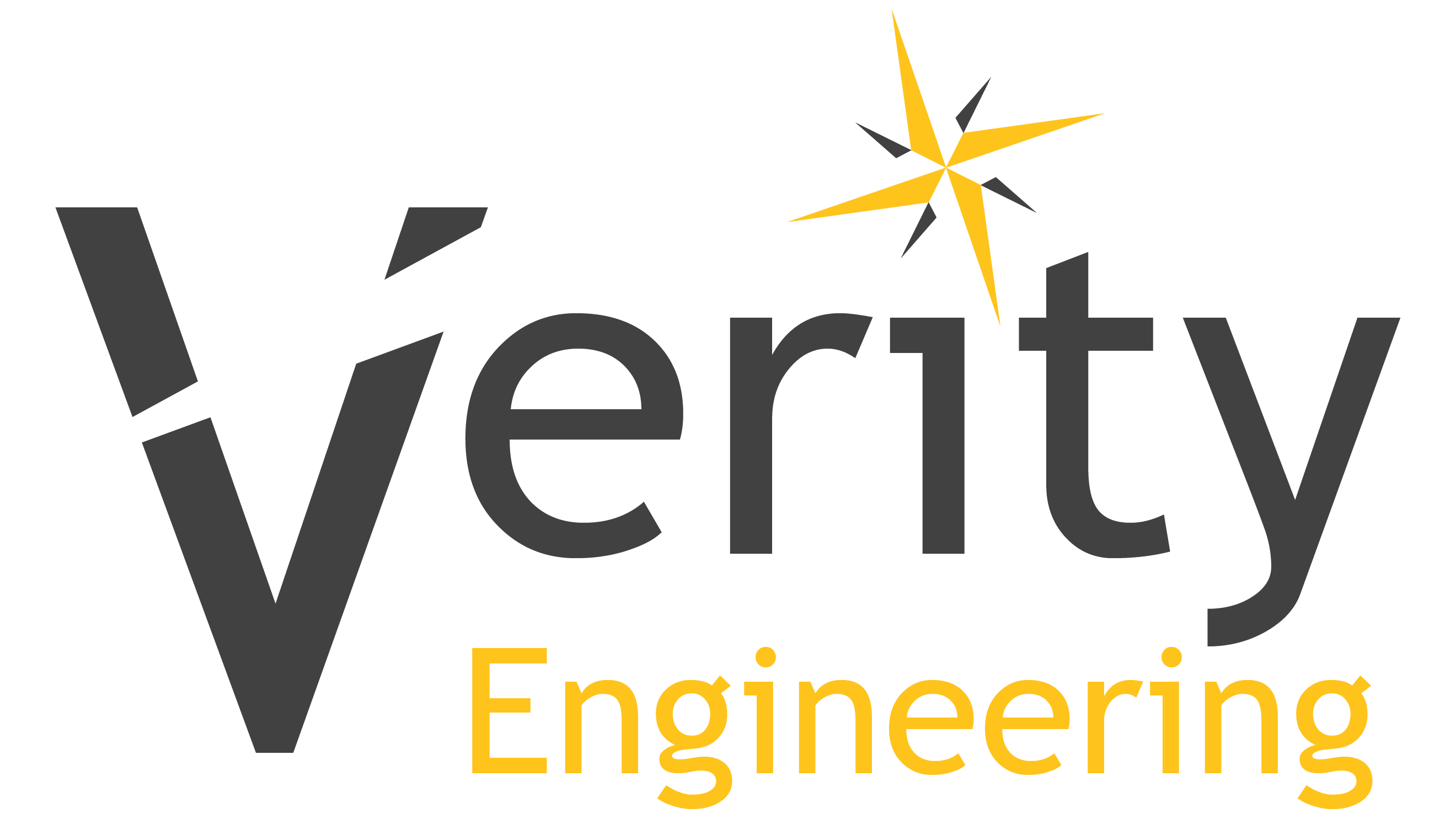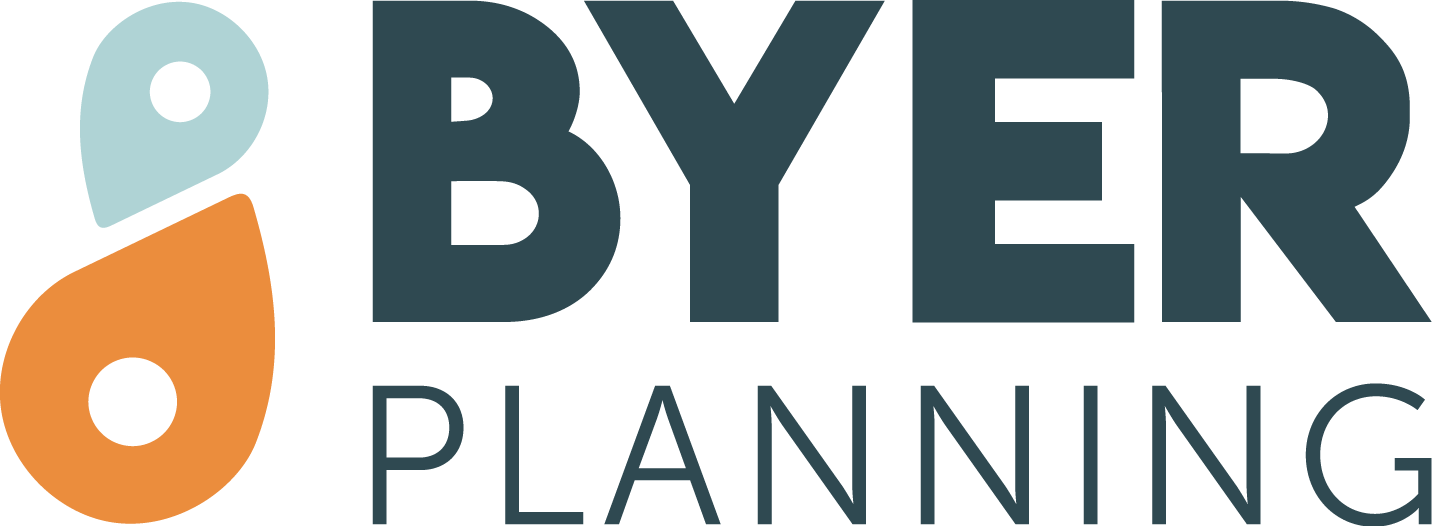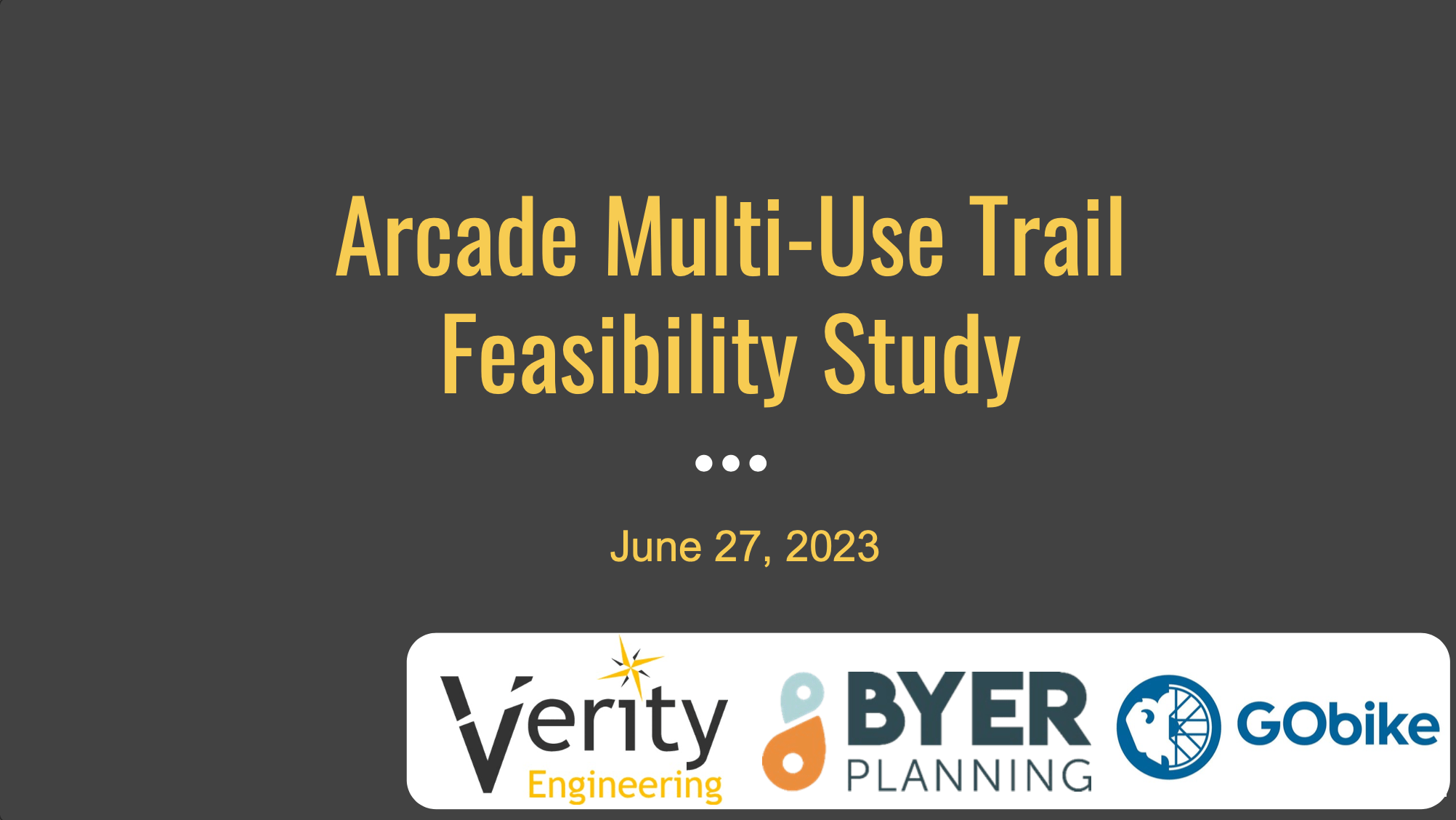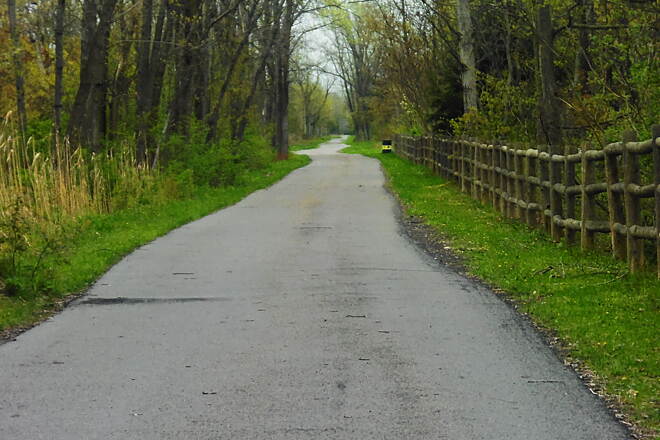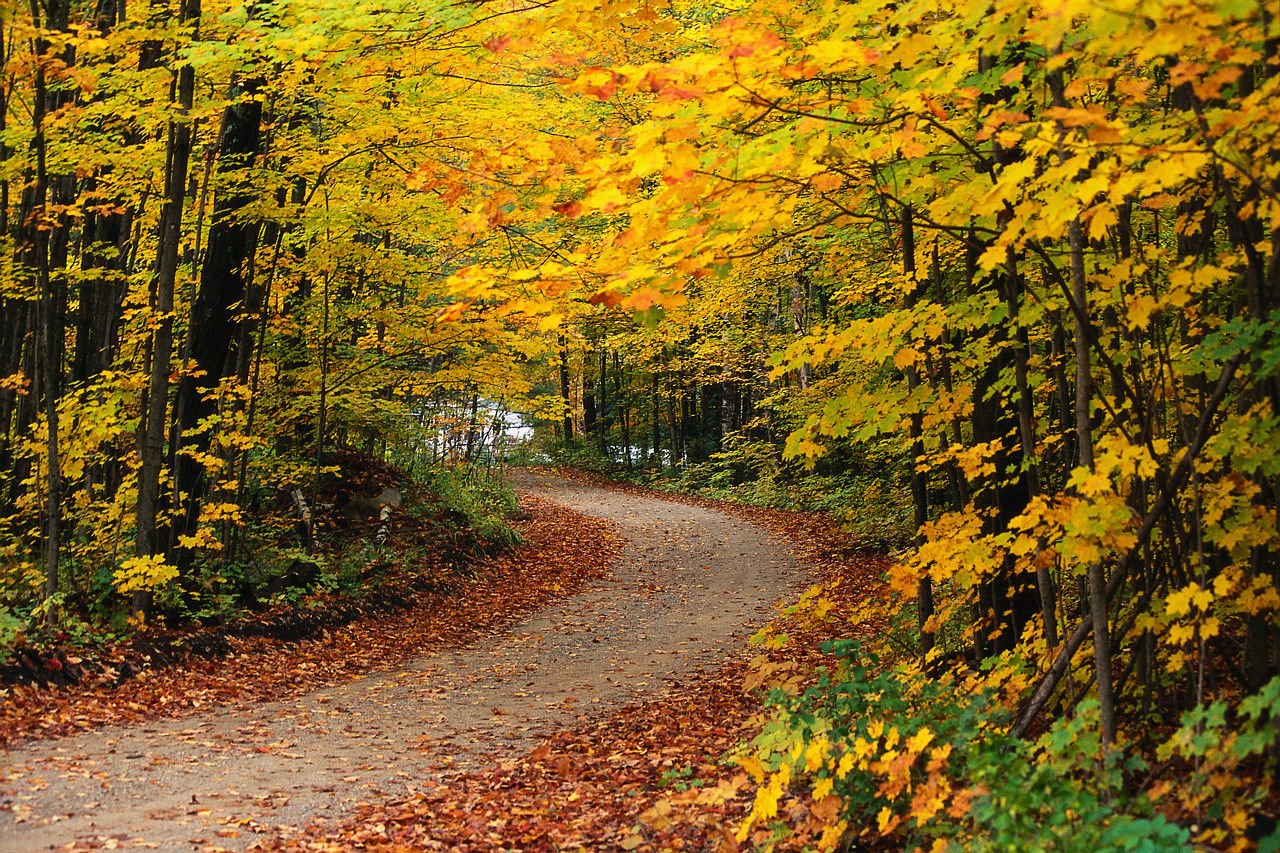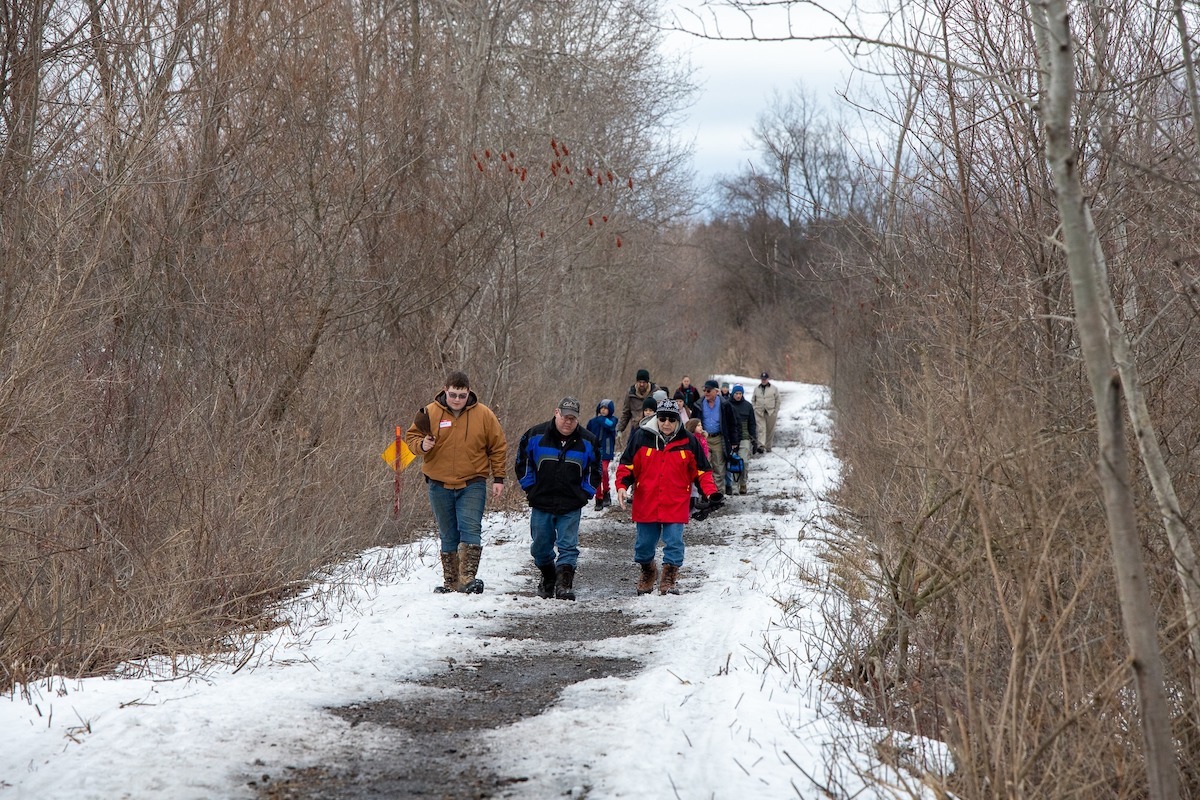Overview
The Arcade Multi-Use Trail Feasibility Study will develop a cohesive set of concept-level plans and strategies, with defined priorities, to guide the Village in improving and expanding pedestrian and bicycle access within the Village of Arcade and region. The results of the study will identify opportunities to enhance safety and accessibility for pedestrians and bicyclists in Arcade and will recommend projects and strategies based on the determination of needs of area pedestrians and cyclists.
Verity Engineering, DPC, Byer Planning, and GObike Buffalo have been selected through RFP to produce the Arcade Multi-Use Trail Feasibility Study for the Village of Arcade under Genesee Transportation Council (GTC) UPWP Task #6550.
